Insider's Guide:
Things To Do in Quito
In 1978, the colonial section of Quito was declared a UNESCO World Heritage Site. This means that the construction of new buildings is limited to the new areas of the city, and strict regulations within the colonial area are established to help preserve its history. As a result, there are a ton of things to do in Quito. It is easy to imagine you’ve been transported to another time as you wander the cobblestone plazas and pass churches and cathedrals that date back to the early 16th century.
A Few of My Favourite Things To Do in Quito
Plaza de La Independencia
If you would like to explore the city centre you will find it quite simple and very rewarding – it is relatively small, and easy to get around on foot. The best plan is to take a taxi to the Plaza de La Independencia as most sites are within walking distance from here. There are numerous excellent guidebooks detailing the history and sites of Quito, but below are some of the most highly recommended sites.

The Cathedral dominates the Plaza de La Independencia as a fine example of colonial architecture. Most of the construction was completed by the 1560s, but the finishing touches weren’t added until the 1900s. Within its walls you will find the remains of General Antonio Jose de Sucre, the hero of Ecuadorean independence. You will also find art from the Quitena School.
The Palacio de Gobierno is located on the northwest side of the Plaza de La Independencia with the slopes of Pichincha in the background. The balconies facing the Plaza were purchased from the Tuilleries in Paris shortly after the French Revolution.
Plaza de San Francisco

Plaza de San Francisco is located just west of the Plaza de la Independencia, and is a fine spot for people watching. At the far end of this plaza you will find the first religious structure built by the Spanish (over an Incan temple) in South America and the largest church in Quito—the Church of San Francisco, the patron saint of Quito. It’s another fine example of colonial architecture, and boasts a great coffee shop and beautiful gift shop on its ground floor.
Plaza de Santo Domingo
The church and monastery of Santo Domingo is found in the plaza of the same name, southeast of the Plaza de San Francisco. Take a look at the wonderful woodcarving and the Chapel of the Rosary to the right of the main altar.
There are many other churches, monasteries and cathedrals worth peeking into around town. La Compania, Iglesia de La Merced and the Convento de San Augustin are definitely worth checking out. The Basilica is fun to visit—it can be quite an adventure climbing the church towers for the great vistas.
Don’t Miss Out!
The Galapagos Islands are a modern-day Eden, and as you can imagine, space books up quickly, so be sure to reserve your space. Check out an itinerary below, or email veronika.macas@butterfield.com for more info.
DETAILED ITINERARYMuseo Nacional de Banco Central del Ecuador
This museum displays Ecuador’s largest art collection from pre-hispanic to contemporary. The gold and pre-colombian art rooms are a highlight.

Fundacion Guayasamin
This powerful museum displays the works and art collection of Ecuador’s most famous artist, Oswaldo Guayasamin. The museum also displays more than 4500 pre-Colombian pieces. If you’re into impressionism and would like to see the artist’s most important paintings, you should not miss the Capilla del hombre, a five-minute cab ride away from the museum.
Casa Museo Maria Augusta Urrutia
Located in the old town, this Spanish-style mansion gives modern-day visitors a chance to envision what it was like to live in Quito during the 19th century.
Museo de arte colonial
The museum houses the country’s best collection of colonial art and the visit will confirm that Ecuador once gave birth to the new world’s best artists. Don’t miss the sculptures and paintings of the Quito School.
Parque Carolina
The botanical garden is worth a visit if you’re interested to learn more about Ecuador’s plants and trees. Don’t forget to check out the greenhouse and its 1000 orchid species.

The TelefériQo
Quito’s cable car takes you up to the base of the Pichincha volcano (4,053 m/13,300 ft.) where you can enjoy a breathtaking view of the city and its surrounding Andean peaks. Those not affected by the altitude can opt for a hike to the peak (4,785 m/15,700 ft.), or head back to the base to visit the amusement park.
A Few Words of Advice
Quito sits at an altitude of over 2,700 m (9,000 ft.) above Sea level. This is by no means extreme, but as you may already be tired from your flight, we suggest you take the time to acclimatize when you arrive. Relax and keep hydrated.
Quito is a safe city, but like most large cities, it is not advisable to wander the streets at night. A taxi is the best way to get around at night, and the concierge will be happy to call one for you. Taxis are cheap, and getting pretty much anywhere in the city will cost between US$4.00-$8.00.
Leave a Reply
MORE FROM Latin America + Ecuador And Galapagos Islands
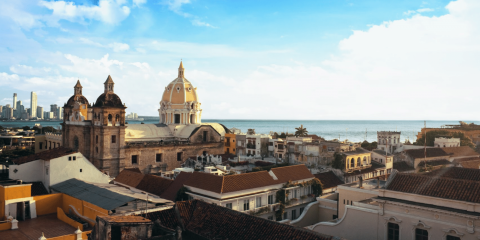
Reading for the Road: The Best Books About Colombia
Colombia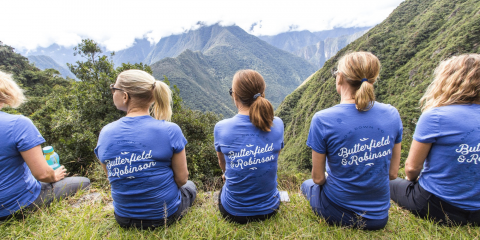
A Wellness Escape to Peru with Butterfield & Robinson
Peru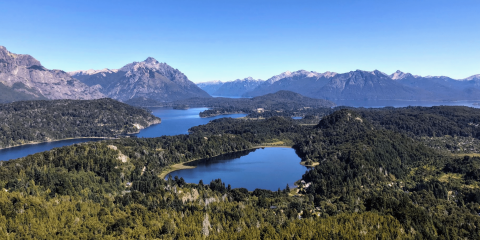
Cruising Through Argentina’s Famous Seven Lakes Road
Argentina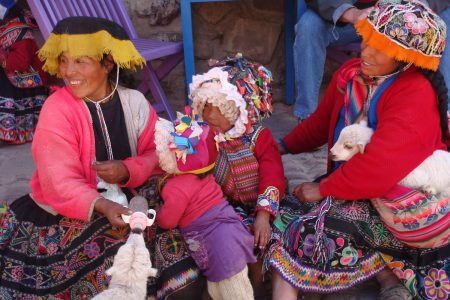
The Slow Fund: Scholarship Fund with Kuska School
Peru
A Taste of South America at Home: Argentinian Beef Empanadas
Argentina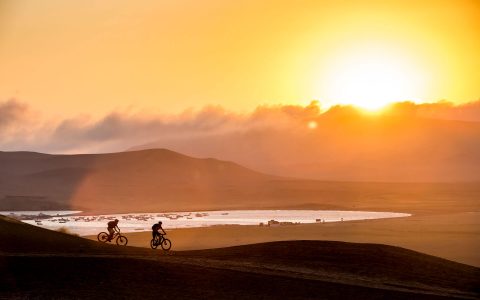
Bespoke Stories: An Off-the-Grid Adventure for a Father & Son in Peru
Peru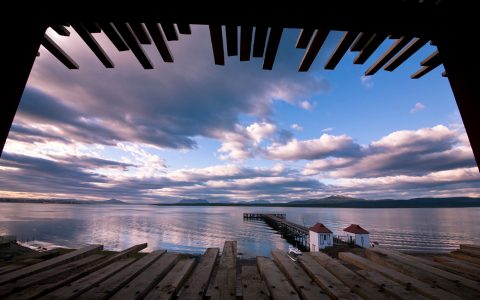
Spectacular Stays: The Singular Patagonia
Chile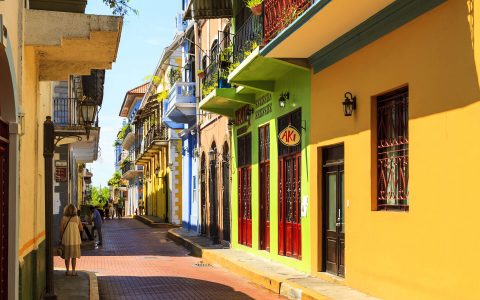
7 Reasons Why You Need to Visit Panama City
Panama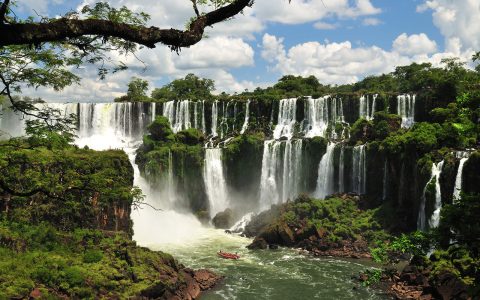
Beyond Buenos Aires: Exploring Northern Argentina
Argentina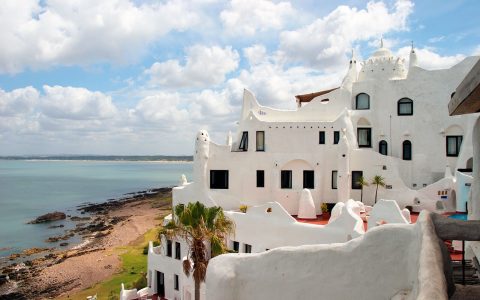
South America’s Best-Kept Secret: Uruguay
Uruguay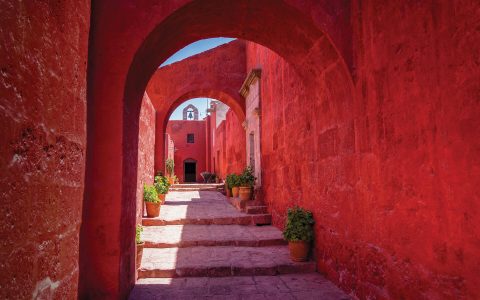
Off the Beaten Trail in Peru
Peru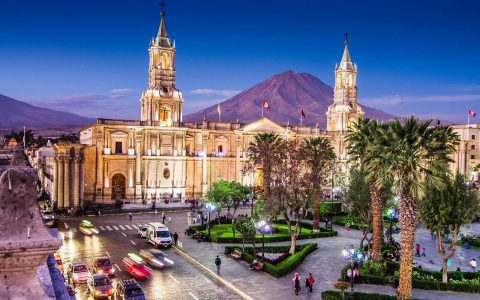
A New Side of Peru: Arequipa & the Colca Canyon
Peru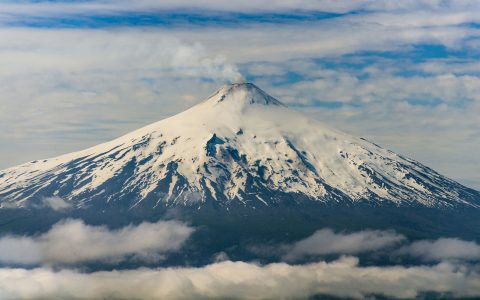
Lakes & Volcanoes of Chile and Argentina
Argentina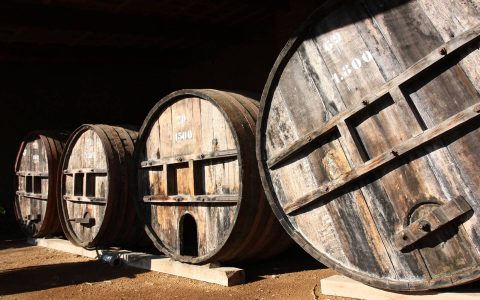
8 Must-Drink Wines From Chile and Argentina
Argentina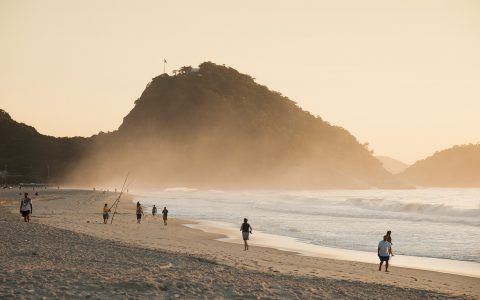
Our Favourite 14 Bars in the Americas
Latin America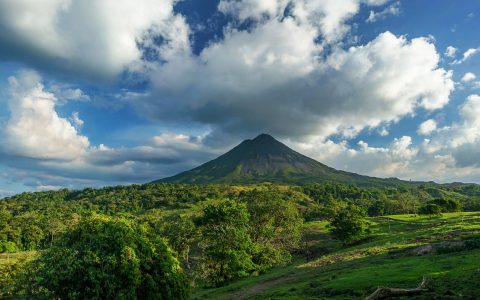
The Best Time of Year to Visit Costa Rica
Costa Rica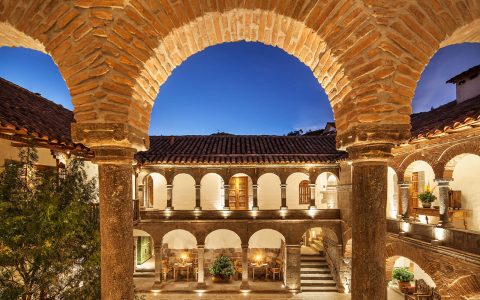
Top 10 Luxury Hotels in Peru
Peru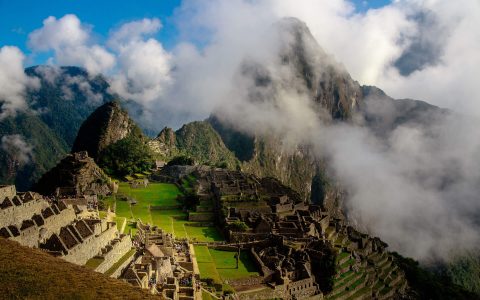
Reading for the Road: Our Favourite Books About Peru
Peru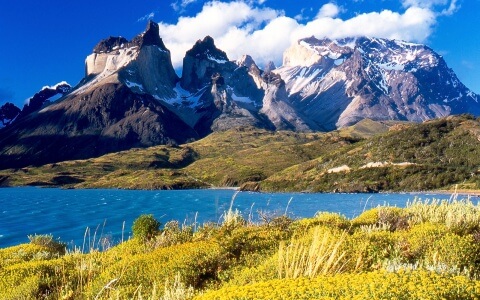
Embracing Extremes in Patagonia
Patagonia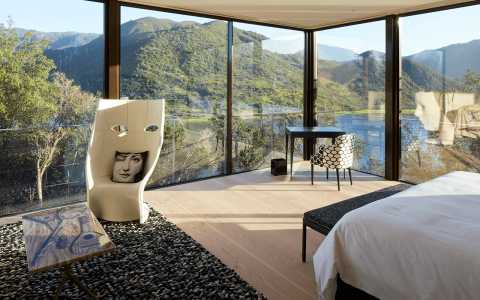


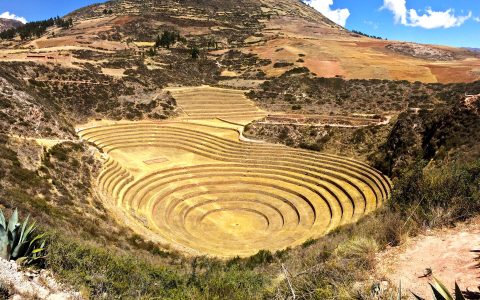
I spent 2 weeks in this amazing country and the only words I can say is SPECTACULAR, the people, the cities are incredible. They should be proud of this country.